Beautiful Plants For Your Interior
Beautiful Plants For Your Interior

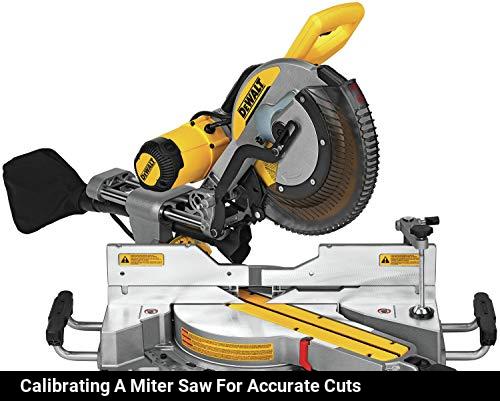
To calibrate a miter saw for accurate cuts, first adjust the miter index to zero. Then, use a square to make sure the blade is at a perfect 90-degree angle. Lastly, adjust the miter scale to ensure that the saw is cutting at the correct angles.
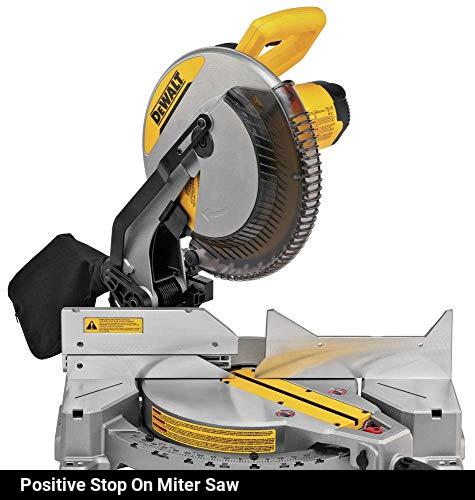
A positive stop on a miter saw is a device used to quickly and accurately set the angle of the saw blade to a preset angle. It helps to make precise, accurate cuts each time.
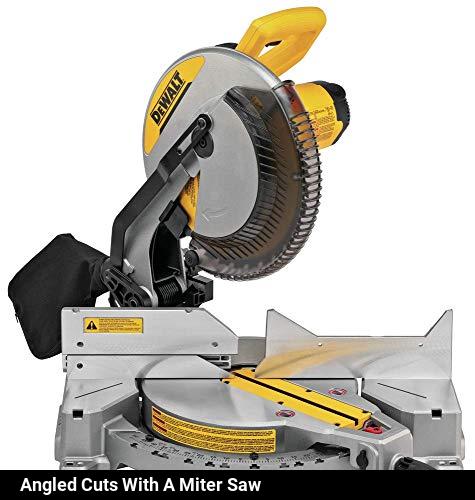
To make angled cuts on a miter saw, adjust the blade angle to the desired angle and make sure it is securely locked. Then, align the material to be cut with the blade and turn on the saw. Slowly guide the material through the blade and make the cut.
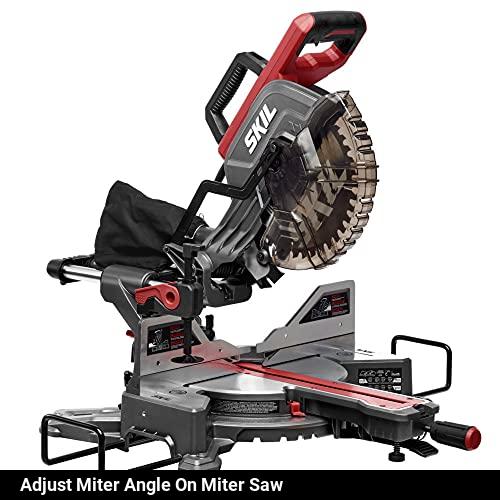
To adjust the miter angle on a miter saw, loosen the knob located on the saw table and tilt the saw head to the desired angle. Then, lock the knob back in place to secure the saw head in the new position.
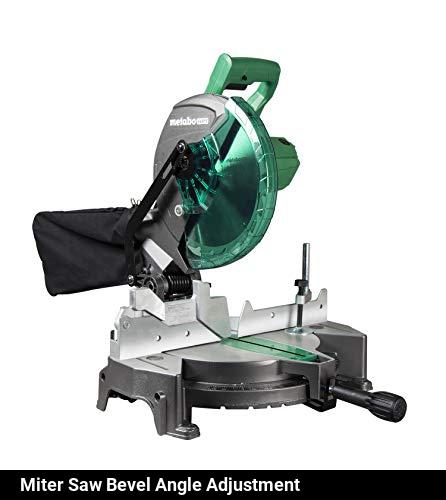
To adjust the bevel angle on a miter saw, simply loosen the lock lever and turn the bevel turret to the desired angle. Once the angle has been set, lock the lever back in place.

A compound cut on a miter saw is a cut that has both a miter angle and a bevel angle. It is used to create angled crosscuts in a variety of materials.
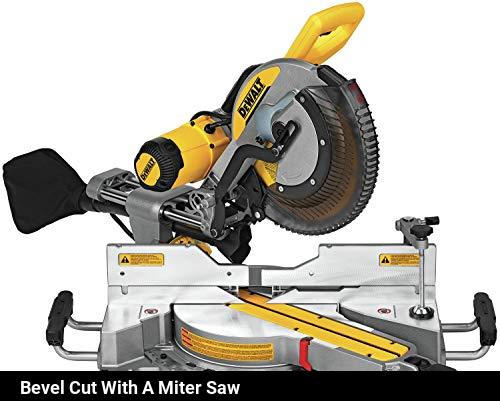
A bevel cut on a miter saw is an angled cut across the width of a board, usually at an angle between 0 to 45 degrees. It is used to create angled joints in woodwork.
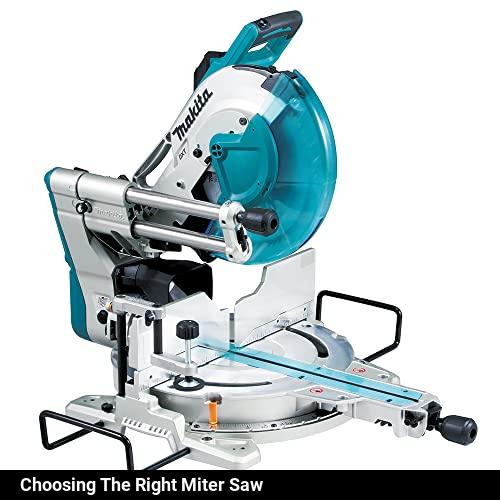
To change the blade on a miter saw, first turn off the power and unplug the saw. Loosen the blade clamp and remove the blade. Fit the new blade and tighten the clamp. Ensure the blade is securely attached and re-plug the saw.
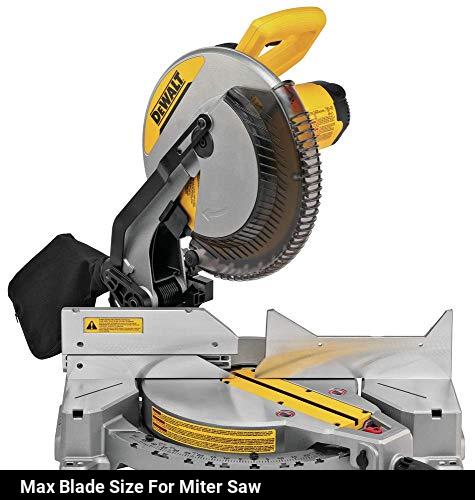
The maximum blade size for a miter saw is usually 8 to 12 inches.
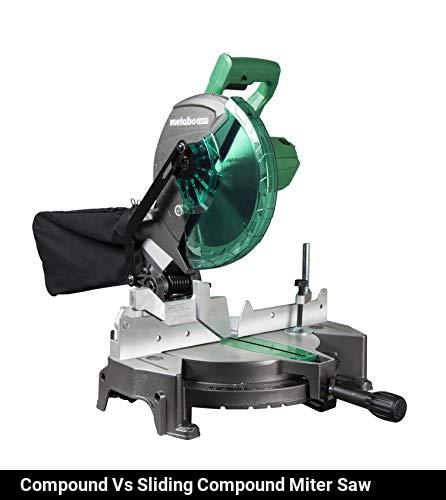
A compound miter saw is a type of saw with a fixed pivot point that allows the saw blade to make both miter and bevel cuts. A sliding compound miter saw is a compound miter saw with a sliding arm that allows it to cut longer pieces than a regular compound miter saw.